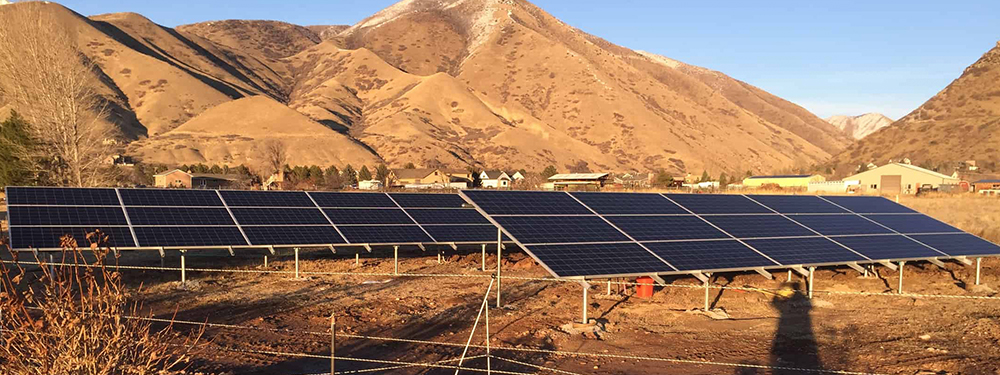How the Inflation Reduction Act Will Help Reduce Carbon Emissions
In 2007, carbon emissions in the U.S. peaked at 6 billion metric tons before declining to 4.6 billion metric tons in 2020, the lowest level seen since the mid-1980s. By 2021, however, they began to climb again, increasing by 6% to 4.9%. Though the rate is still lower than in 2019, climate change impacts are already being felt in the U.S. and worldwide. At the same time, inflation is hurting Americans, in part due to high energy costs.
Congress passed the Inflation Reduction Act of 2022, and President Joe Biden signed it into law on August 16, 2022. The law is a big win for consumers and the climate. Let’s take a look at how it helps to reduce carbon emissions.
The Inflation Reduction Act Invests in Clean Energy To Reduce Carbon Emissions
Currently, China’s dominance in the global manufacture of solar technology is creating supply and price issues for the solar industry market. The IRA aims to remedy the imbalance by significantly boosting U.S. production and manufacturing abilities in four ways:
- An estimated $30 billion investment through tax credits to support the growth of U.S. solar and other renewable energy technologies production and manufacturing
- An added $500 million for critical minerals processing using the Defense Production Act
- An investment to the tune of $10 billion to build new facilities for clean energy technologies, including solar energy systems
- A total of $22 billion invested in clean vehicle manufacturing and production
The move will spur the transition to renewable energies and reduce carbon emissions, a major step to curb climate change impacts and reach President Biden’s goal to move to a 100% clean power grid by 2035.
The IRA Invests in Environmental and Climate Justice
In the transition to a carbon-neutral energy sector, it is necessary to open access to renewable energies across all income levels and within disadvantaged communities. Clean energy tax credits and home energy rebate programs make transitioning to energy efficient and renewable energy technologies more affordable for a wider sector of the American population.
The law also addresses the negative impacts of high pollution concentrations and climate change vulnerability in disadvantaged communities. The law funnels grant money to convert port infrastructure to zero-emission technologies, which will reduce carbon emissions and improve public health.
The IRA Invests in Rural Communities, Forestland Owners and Agricultural Industries
The agricultural industry contributed 11.2% of greenhouse gas emissions in 2020, yet the industry is already experiencing impacts from droughts and severe weather events. The IRA promotes the transition to climate-smart agriculture technologies. It also invests in forestlands through grants for reforestation projects, urban tree planting and fire-resilient forestry practices. These measures lower GHG emissions and improve rural community resilience.
Residential Solar Energy Helps To Reduce Carbon Emissions
The Inflation Reduction Act does three things that make us at Unbound Solar very happy: it implements measures to reduce carbon emissions, makes solar and other renewable energies more accessible and affordable to more of the population, and increases energy security for the country. When you work with us, you get a partner for life. Whether you want complete installation or a do-it-yourself project, you’ve got our support. Take advantage of our sale on primarily U.S.-sourced top-tier solar systems to save even more on your solar transition!


